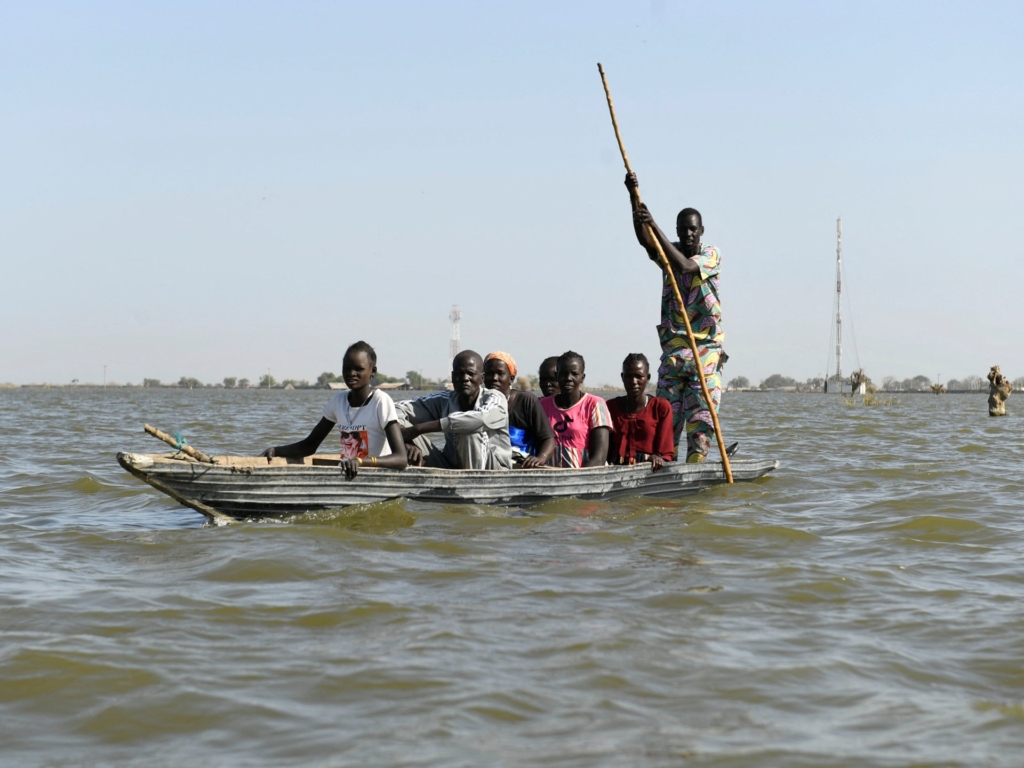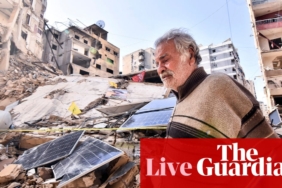Flooding in South Sudan has displaced more than 379,000 people, according to a United Nations update that warned about a surge in malaria.
Aid agencies have said the world’s youngest country, highly vulnerable to climate change, is in the grip of its worst flooding in decades, mainly in the north.
The floods have affected about 1.4 million people, the UN Office for the Coordination of Humanitarian Affairs (OCHA) said on Friday, across 43 counties and the disputed Abyei region, which is claimed by both South Sudan and Sudan.
It added in a statement that more than 379,000 people were displaced in 22 counties and in Abyei.
“A surge in malaria has been reported in Jonglei, Unity, Upper Nile, Northern Bahr el Ghazal, Central Equatoria and Western Equatoria states – overwhelming the health system and exacerbating the situation and impact in flood-hit areas,” the UN agency said.
Since gaining independence from Sudan in 2011, South Sudan has been plagued by chronic instability, violence and economic stagnation as well as climate disasters such as drought and floods.
More than 1.6 million children malnourished
The World Bank said last month that the latest floods were “worsening an already critical humanitarian situation marked by severe food insecurity, economic decline, continued conflict, disease outbreaks, and the repercussions of the Sudan conflict“, which has seen several hundred thousand people pour into South Sudan.
More than seven million people are food insecure in South Sudan and 1.65 million children are malnourished, according to the UN’s World Food Programme.
The country faces a further period of political paralysis after the president’s office announced in September yet another extension to a transitional period agreed to in a 2018 peace deal, delaying elections by two years to December 2026.
South Sudan has vast oil resources but the vital source of revenue was decimated in February when an export pipeline was damaged in neighbouring war-torn Sudan.






Yorumlar kapalı.